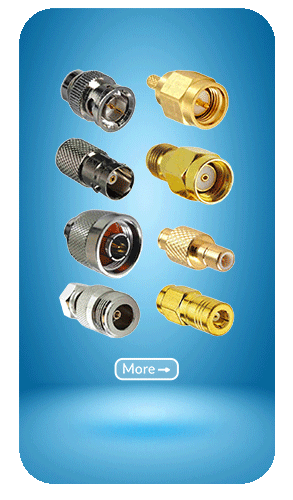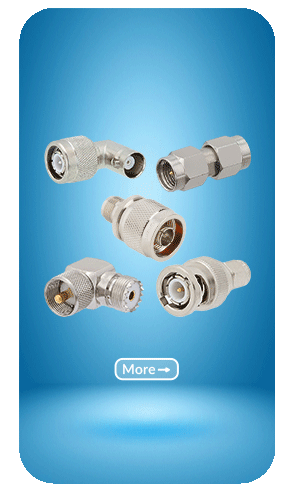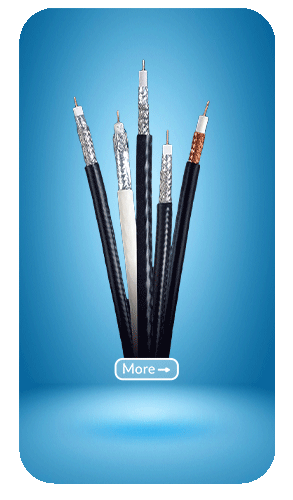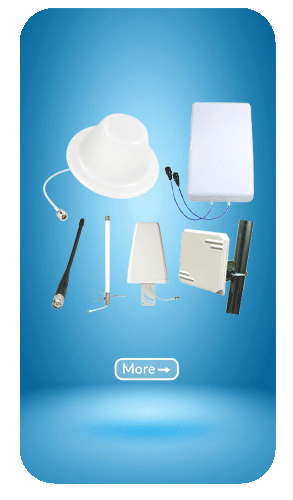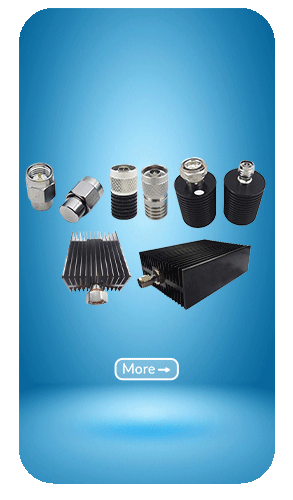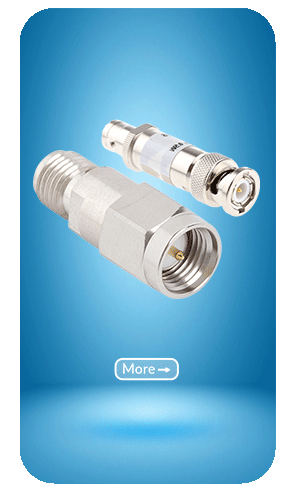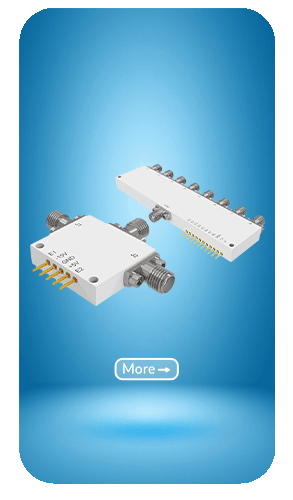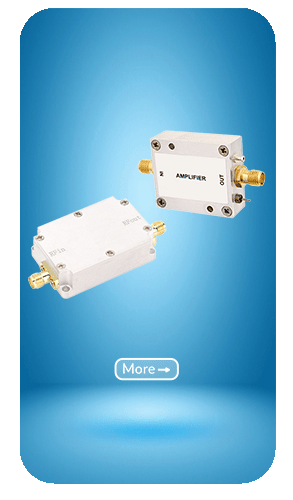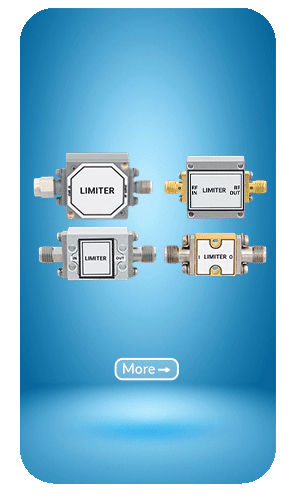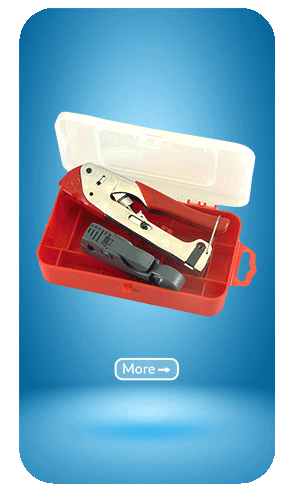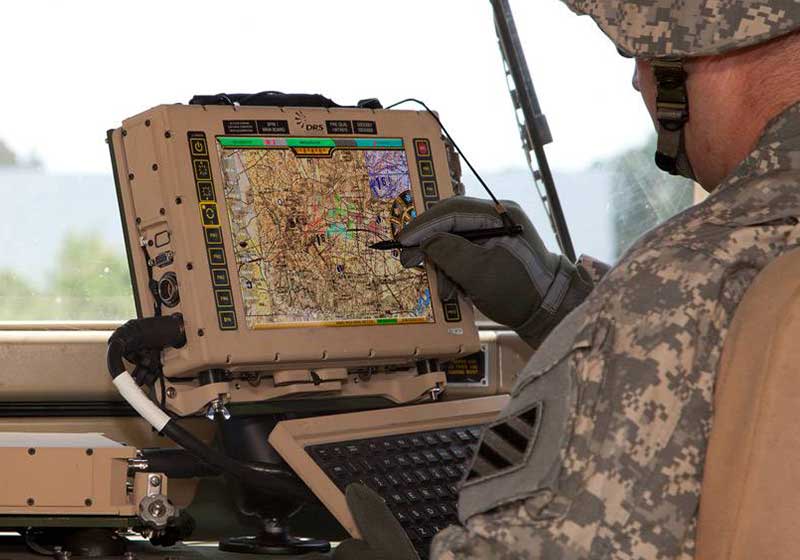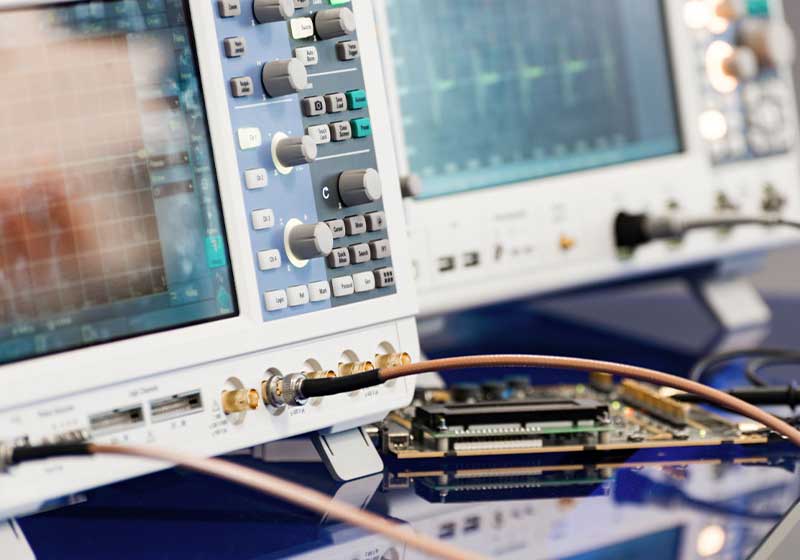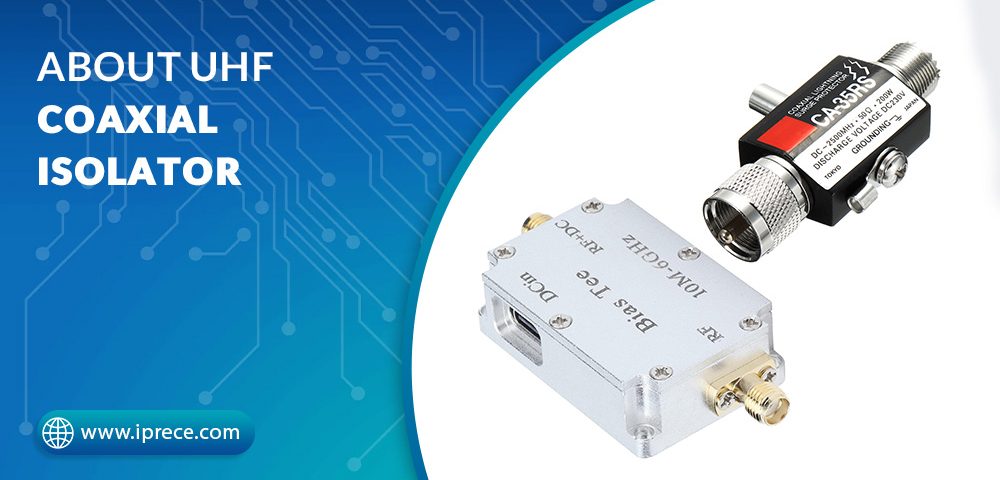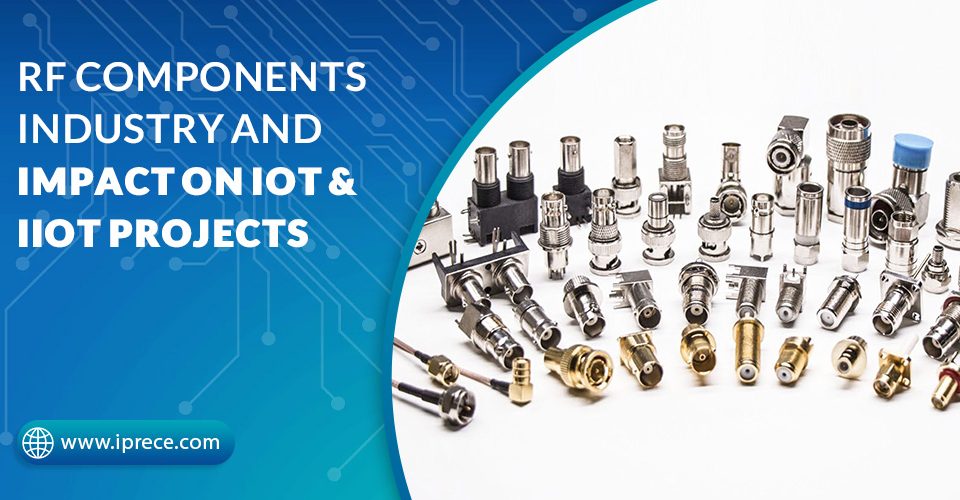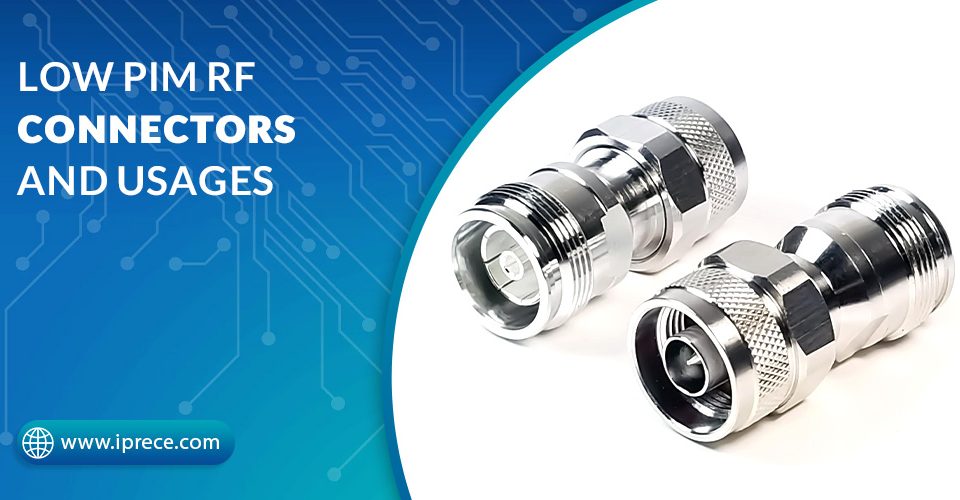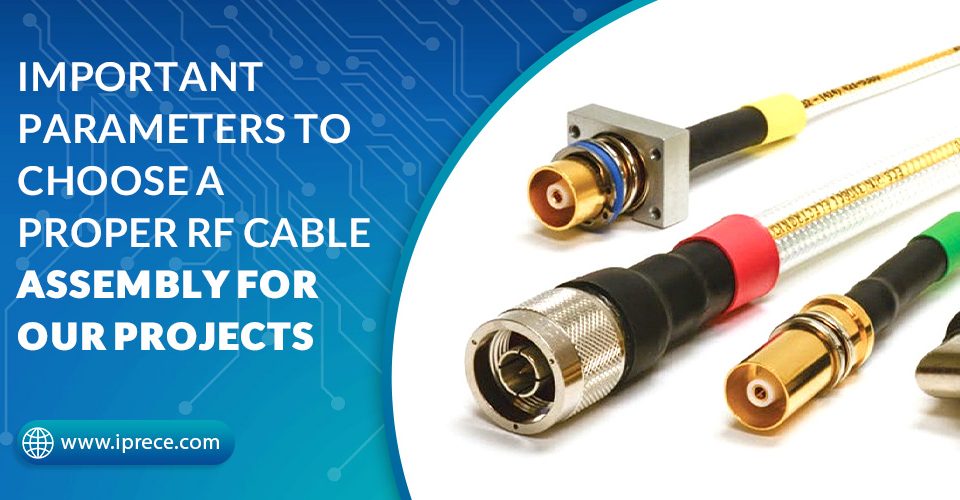
Everything About Power Splitter
March 17, 2023
How to select cable and connectors for radar systems
April 4, 2023UHF Coaxial Isolator: Understanding Its Function and Applications
UHF coaxial isolator is a specialized electronic component used in radio frequency (RF) systems to prevent energy from flowing backward in the transmission line. It is designed to work in ultra-high frequency (UHF) range, which includes frequencies from 300 MHz to 3 GHz. In this article, we will take a closer look at the UHF coaxial isolator and its applications.
How Does a UHF Coaxial Isolator Work?
A UHF coaxial isolator works by using a ferrite material that is placed inside a coaxial transmission line. The ferrite material has a property called Faraday rotation, which causes the polarization of the RF energy to rotate as it passes through the material. This rotation causes the energy to become isolated and prevents it from flowing backward in the transmission line.
The UHF coaxial isolator is designed to be a one-way device that allows energy to flow in only one direction. This prevents the reflection of energy back into the source and improves the efficiency of the RF system.
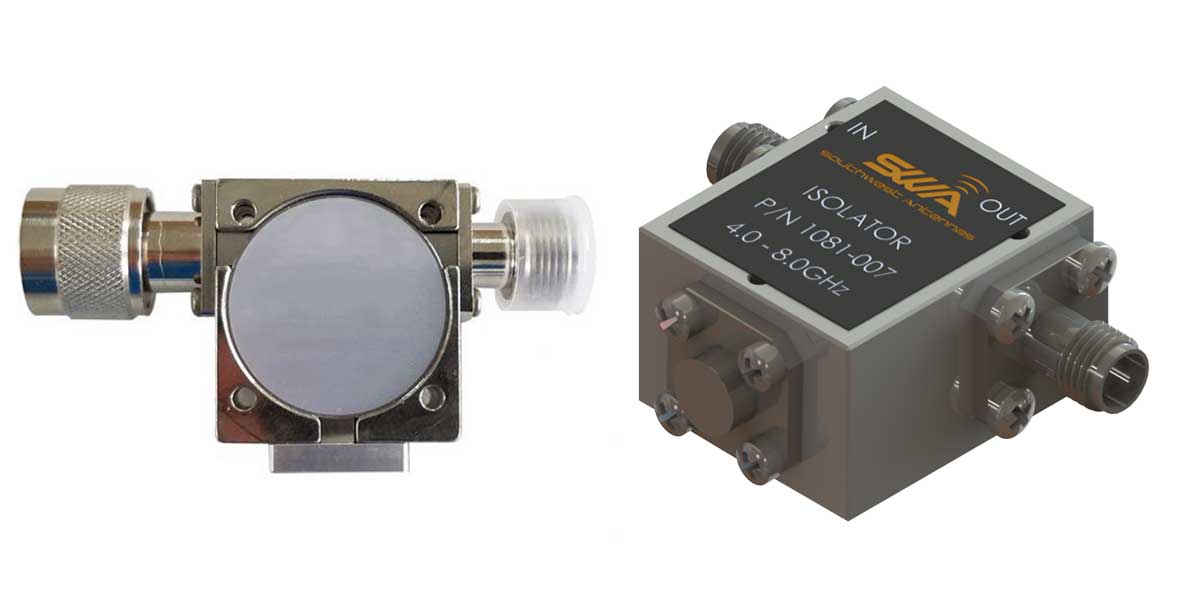
Applications of UHF Coaxial Isolator
UHF coaxial isolators are used in a variety of applications where backward flow of energy can cause problems. Some of the most common applications include:
- RF Amplifiers: UHF coaxial isolators are used in RF amplifiers to prevent energy from flowing backward into the amplifier and causing damage.
- Antennas: UHF coaxial isolators are used in antennas to prevent reflected energy from returning to the transmitter and reducing the performance of the system.
- Radar Systems: UHF coaxial isolators are used in radar systems to prevent reflected energy from interfering with the detection of targets.
Satellite Communications: UHF coaxial isolators are used in satellite communications to prevent energy from flowing backward in the transmission line and causing interference.
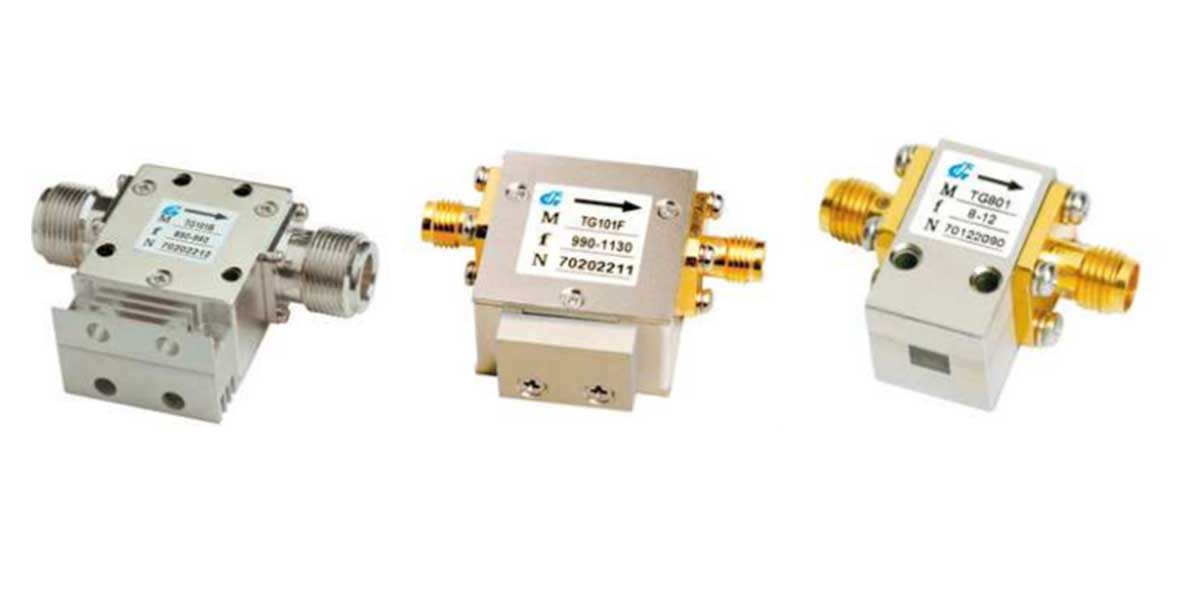
Types of UHF Coaxial Isolator
There are two main types of UHF coaxial isolators available in the market, including:
Junction Type: The junction type UHF coaxial isolator has a ferrite material placed inside a housing with multiple ports. The RF energy enters one port, passes through the ferrite material, and exits from another port. The third port is used for isolation and prevents energy from flowing backward.
Circulator Type: The circulator type UHF coaxial isolator has a ferrite material placed inside a housing with three or four ports. The RF energy enters one port, passes through the ferrite material, and exits from the next port in a clockwise or counterclockwise direction. The remaining port is used for isolation and prevents energy from flowing backward.
Conclusion
UHF coaxial isolators are an important electronic component used in RF systems to prevent energy from flowing backward in the transmission line. They use a ferrite material with Faraday rotation to isolate the energy and prevent reflections. UHF coaxial isolators are essential components in RF amplifiers, antennas, radar systems, and satellite communications. They are available in junction and circulator types and are designed to work in the UHF frequency range.


